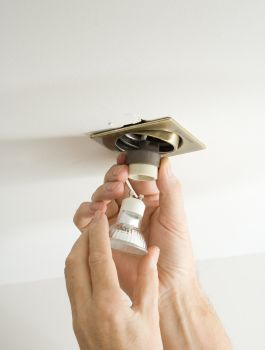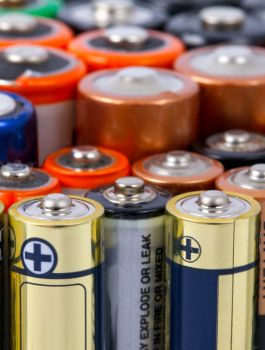What makes Sparks/Electrician's Screws (Square Screws) So Great?
Blog
A square screwdriver, also known as Robertson or Scrulox drive is a type of screwdriver that has three square centers. This type of screwdriver is known to have a square-shaped protrusion on the tool. However, both the tool and the socket of a square screw has a taper, which makes inserting the tool easier. More so, the taper also helps you to keep the screw on the tip of the tool without holding it there.
Although Robertson screws are increasingly becoming common in most parts of the world, they are commonplace in Canada. Over the years, there has been a lot of awareness about Robertson screws and that also explains why they have become so popular in woodworking and in general construction. Moreover, a combination of Scrulox and Philips drives are often used in the electrical industry, especially as clamp connectors as well as in device and breaker terminals. The most common size of square is size 2 . Furthermore, a result of the online era is that squares screws are now readily available .
One of the major advantages of using a Robertson screwdriver lies in the fact that they are quite easy to use and can be used one-handed. Besides, a Robertson screwdriver also makes it possible for angled screwdrivers and trim head screws to be used. Other advantages of using Scrulox or Robertson screws include the fact that they are self-centering, and can equally stop a power tool when set. In addition, the socket-headed Robertson screws can equally be removed when they are old, rusty or if painted. The truth is that Robertson screws actually speed up production, thereby reducing the chances of product damage.
It is worthy to note that the internal-wrenching square socket drive for screws had been conceived several decades before the invention of the Robertson screw in 1908. More so, an earlier patent that covered both square-socket and triangle-socket drive wood screws had been issued to one Allan Cummings of New York City as far back as on March 30, 1875. Unfortunately, it wasn’t manufactured widely, just like the other clever drive types that were conceived and patented in the 1860s through to the 1890s. That being said, the breakthrough of the Robertson screw in 1908 was in a bid to design a socket's taper and proportions in such a manner that the heads could be easily and successfully cold formed.
It is therefore apparent that its ability to be easily cold formed has made the Robertson screw to have a valuable commercial proposition. This assertion can be backed by the fact that although rotary broaching is also becoming common, cold forming remains the most common method that is used for most screws being sold today.
There have also been innovations in Robertson or Screwlux screws. For instance, the Nüvo Drive System is a new variation of the Robertson drive. However, with the Nüvo Drive System, the screws are compatible with Robertson's drive tools, but they rather have rounded lobes that help in reducing wobbling and stripping out dramatically, thereby enabling a single-handed operation.
Posted on:
October 18, 2019
Last Updated on
October 18, 2019 10:11

 Hate
Hate
 Dislike
Dislike
 Neutral
Neutral
 Like
Like
 Love
Love





















